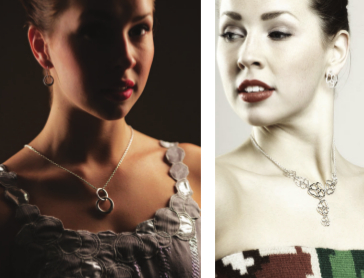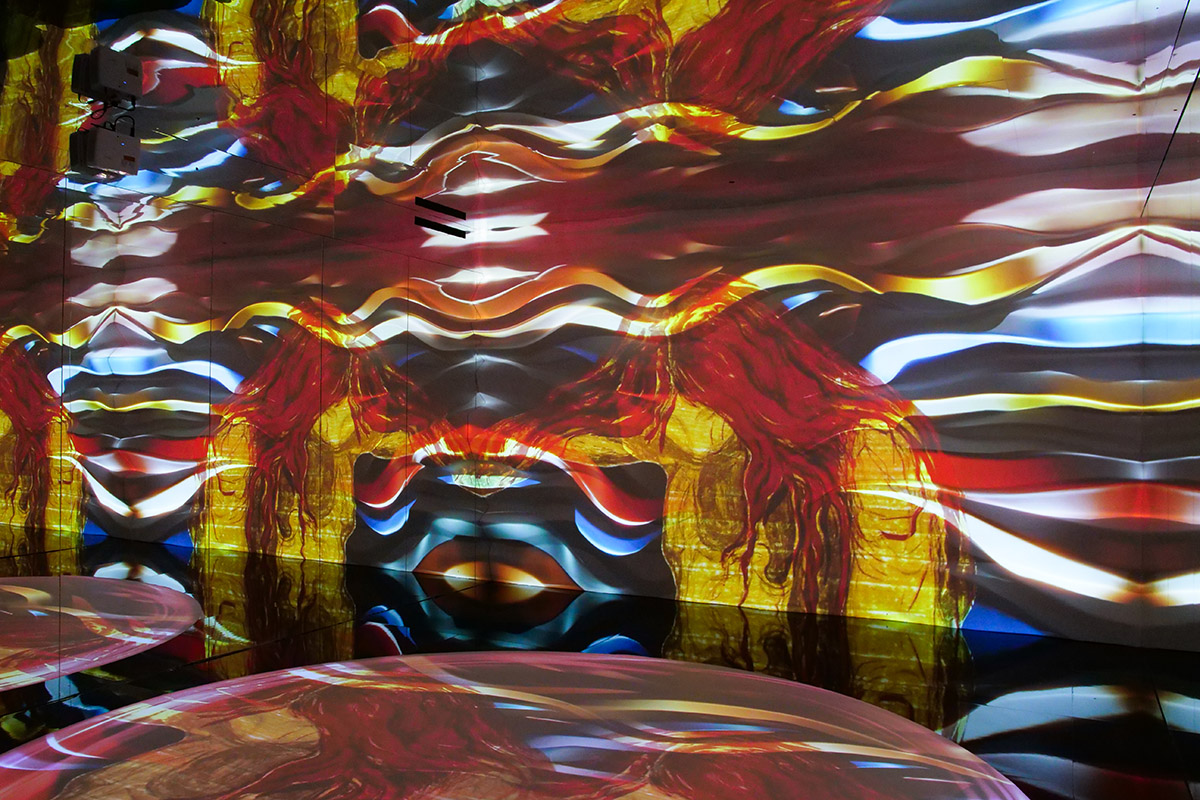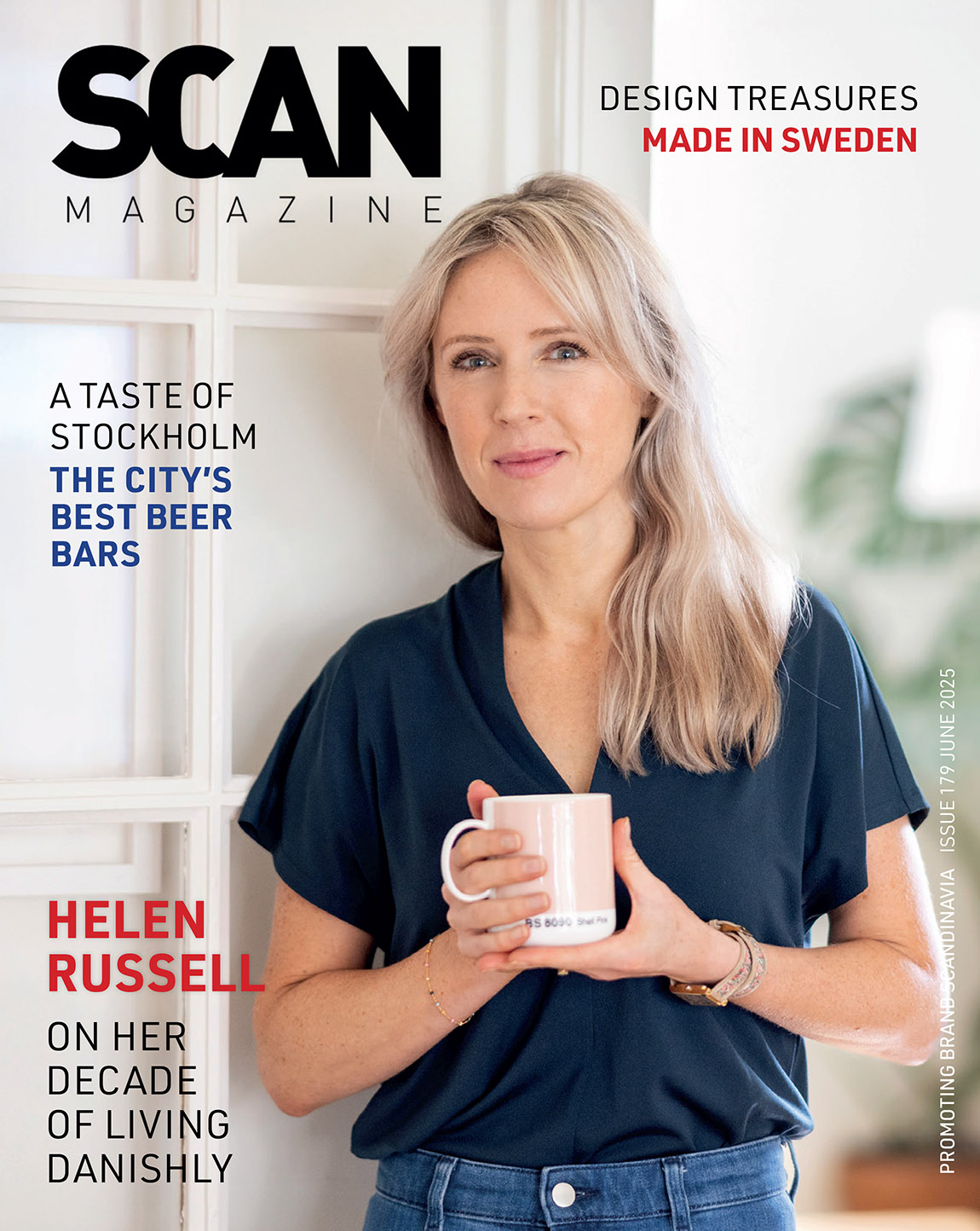50 years of great Norwegian design

A growing number of businesses are using design as an innovation tool to come up with competitive products and services. And, increasingly, we are finding them among the annual recipients of the Award for Design Excellence, according to Jan R. Stavik, managing director of the Norwegian Design Council which this year celebrates its 50th anniversary.
The experienced design director admits that while 100 per cent awareness of design potential is most probably utopian, efforts to convince the business sector of the profitability inherent in good design are progressing in the right direction. “We have registered a steady increase in companies that are working strategically with design,” explains Stavik. “And our surveys have shown that these companies are twice as innovative as other companies, which equates with similar surveys carried out in other countries. This is reassuring.”
When Stavik left the Orkla group to take over the management of the Norwegian Design Council in 1999, he quickly ascertained that the budgets needed to be increased substantially. Since then, the budgets have grown fivefold, proving the willingness of the Norwegian authorities to provide backing for design.
Media Coverage worth millions
“We work with politicians, the authorities and the entire business sector, and we need sufficient resources to be able to reach everywhere,” says Stavik. “Themost important way for us to achieve our goals is through visibility: by highlighting the good examples of design and presenting the Award for Design Excellence and other design awards on Design Day, by presenting good design stories on our website, via 100% Norway and professional events, and through the media.” Today, the Norwegian Design Council is among the biggest design councils in Europe. We consider this proof that it has been successful in convincing politicians, and at all times the current Minister of Trade and Industry, of the importance of design to future Norwegian value creation.
Stavik has seen his organisation grow from being a small and insignificant player to being a key governmental innovation tool. Design has gained its rightful place in the first parliamentary report on innovation, and every year since 2009 the government has granted additional funds to the Norwegian Design Council for a Design-driven Innovation Programme (DIP) aimed at stimulating companies to investmore in the ideas stage of projects. “As well as providing competitive advantage, design is also essential in promoting good Norwegian values such as openness, accessibility and equal opportunities for all,” says Stavik. “In recent years, design has contributed to improving everything from train compartments to polling stations and parks, and here our efforts have played an important role.”
The Scandinavian wave
The forerunner to the Norwegian Design Council, the Norwegian Design Centre, was founded on 29 November 1963. “In the beginning, design was associated with aesthetics and the appearance aspect of the products, and Norway was part of the so-called Scandinavian Design wave of the 1950s,” says Stavik. During the next ten years, design came into its own. It became more widespread, specialised and professionalised, and today, it is the user who is in the centre, while the designer’s task is to interpret and translate the users’ needs into new and innovative concepts.
The work of the Norwegian Design Council is aimed at opening new doors for Norwegian designers, including in the maritime sector and the offshore industry. “By putting engineers together with leading industrial and interaction designers, we achievemany interesting innovations that break with established thinking and norms,” says Stavik.
Designing the future
In the future, service design will very much be the vogue, declares Stavik. With 80 per cent of workplaces in service provision, and a public sector that is under increasing pressure fromthe growing numbers of elderly, there is a heightened need to tackle old problems in new ways. “Improving efficiency in public sector services such as the health sector offers potentially huge social benefits. We have a very interesting DIP project under way at Oslo University Hospital, where the aim is to utilise service design to cut waiting time for patients with breast cancer by 75 per cent. This is a social benefit that we can all understand and be pleased with.” To meet future needs, itwill be important to develop strong and specialised Norwegian service design environments. At present there is not even a study course in service design. Stavik is also looking for consolidation in the design sector, withmore big, interdisciplinary agencies and environments that can take on demanding and ambitious design projects fromboth public sector institutions and multinational companies. “These are exciting times for everyone
working with design,” he concludes.
By Henning Poulsen, published in SCAN Magazine issue 59 – December 2013 | Photos: Norsk Design
Subscribe to Our Newsletter
Receive our monthly newsletter by email





